Lee Miller’s unbelievable life: From Hitler’s bathtub to tomato soup cake
Photographer Lee Miller, the subject of a major new film starring Kate Winslet, used her camera lens to pioneer a new way of seeing conflict. Later, broken by what she saw during the Second World War, she found respite in a Sussex farmhouse called Farleys, where she would begin her surreal next act and her son Antony Penrose would discover her secrets, writes Jessie Thompson

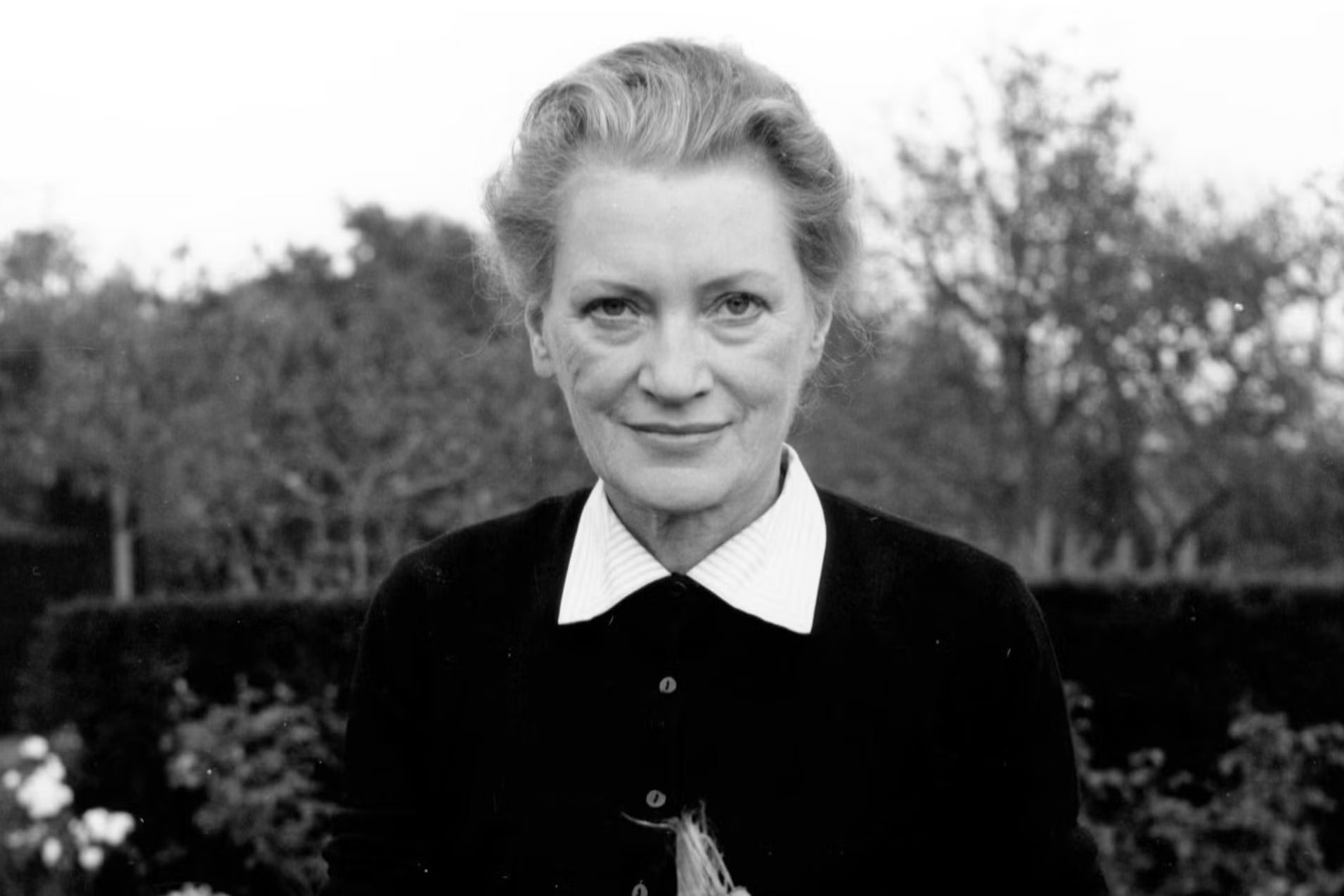
Your support helps us to tell the story
From reproductive rights to climate change to Big Tech, The Independent is on the ground when the story is developing. Whether it's investigating the financials of Elon Musk's pro-Trump PAC or producing our latest documentary, 'The A Word', which shines a light on the American women fighting for reproductive rights, we know how important it is to parse out the facts from the messaging.
At such a critical moment in US history, we need reporters on the ground. Your donation allows us to keep sending journalists to speak to both sides of the story.
The Independent is trusted by Americans across the entire political spectrum. And unlike many other quality news outlets, we choose not to lock Americans out of our reporting and analysis with paywalls. We believe quality journalism should be available to everyone, paid for by those who can afford it.
Your support makes all the difference.There’s one picture of Lee Miller that you don’t forget. The famed war photographer sits in a bathtub, soaping her shoulder, an air of rugged glamour about her. Beside her on the mat is a pair of dirty boots – to the left is a portrait of Adolf Hitler. It is 30 April 1945, the day that the Fuhrer killed himself in his bunker in Berlin, and Miller, her boots thick with the mud of Dachau, is bathing in his abandoned apartment in Munich. Until this moment, she has been travelling night and day in her capacity as war correspondent for Vogue, capturing images of the atrocities of war. She hadn’t taken her clothes off for three weeks.
It’s an image that seems to sum up a life so daring, high octane and full that it frequently seems unbelievable. A new film starring Kate Winslet, released next week, focuses largely on Miller’s war years, where her groundbreaking images offered a compassionate, sometimes surreal lens into the conflict. But there could be several prequels and sequels to Lee, as the title of her son Antony Penrose’s biography The Lives of Lee Miller indicates.
Born in 1907 in Poughkeepsie, New York, Elizabeth “Lee” Miller was first a model, spotted after media magnate Condé Nast saved her from being run over in the street, before crashing out of the biz when she blacklisted herself by inadvertently posing for a tampon advert. She was a star of the surrealist movement, setting up her own photography studio and pairing up with Man Ray to make the ordinary seem strange. (The famous “solarisation” technique, in which black and white images seem lit with an ethereal glow, is one she stumbled upon accidentally after a dark room error.) And she was, of course, a hero in the world of war photography, also becoming a writer in the process, as she reported on world events.
In the words of her son Antony, she “rode her temperament through life as if she were clinging to the back of a runaway dragon”. A force of nature and true creative spirit, she led the kind of wild, uncategorisable life that makes people fanatical about her. Not least Winslet, who Penrose says was “practically a Lee Miller groupie” in the eight years she fought to get the film made, even paying the crew’s wages for two weeks at one point to keep the production rolling. “She was a woman who was so intrinsically true to who she was,” Winslet has said.
A voiceover in Lee tells us that she was good at “drinking, having sex and taking pictures”, all of which, she said, she “did as much as I could”. The film carefully recreates her shots – you might recognise the nude surrealist picnic in Cannes, where she was falling in love with her second husband Roland Penrose; the good-humoured line-up of female wartime searchlight operators, working through the night; the unflinching gaze upon a wounded soldier completely covered in bandages; the US medics grimly examining a skeletal corpse at the liberated Dachau concentration camp.
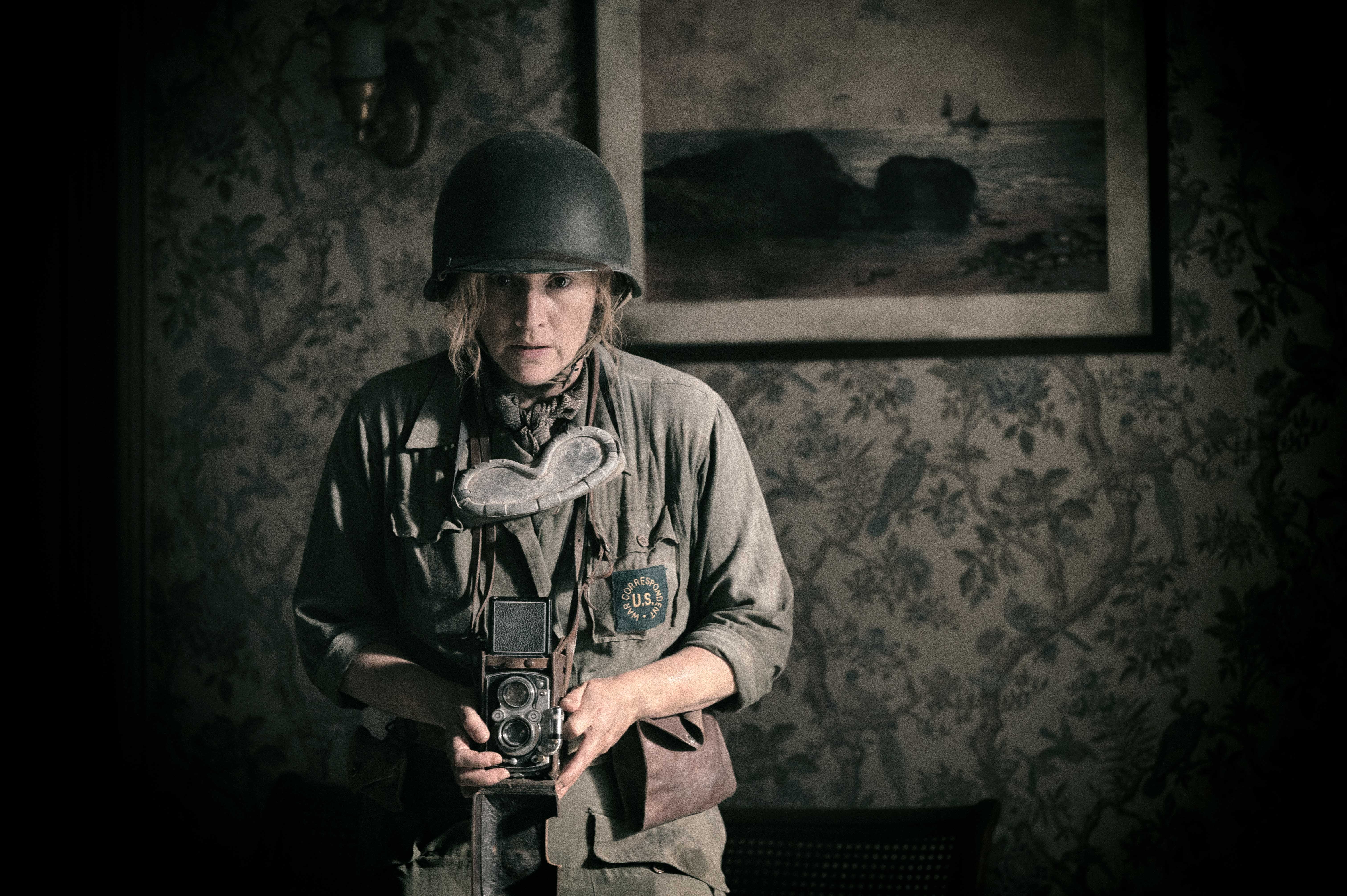
But there is one lesser known picture of Lee Miller that I have grown to love. Taken in the 1960s (the exact date is unknown), the photographer – who ended up broken by war, a mystery to those who knew and loved her – beams with delight in front of an oven cooker. The appliance is the main prize for a cooking competition, and she’s just won it. The picture now hangs in the kitchen at Farleys in Chiddingly, East Sussex, where she went to live with Penrose in 1949 after the war and where her son’s family still lives today. Here, Miller tried to put herself back together; years later, it’s where Antony pieced together the story of his mother. In Lee, it’s the backdrop to the film’s scenes of her in her final years, reflecting on her life, battle hardened, nursing a drink.
“Here was Lee Miller, who was dealing with all these mental health problems and PTSD, trying to live with depression, postnatal depression after he was born as well,” says Miller’s granddaughter, Ami Bouhassane, pointing to her father Antony next to her. “That’s the Lee Miller he knew. And then the later Lee Miller, who managed to live with depression and reinvented herself and died actually celebrated as a celebrity cook.”
A fittingly surreal twist in the life of a surrealist. At Farleys, cooking became a creative outlet for Miller – in her words, “pure therapy”, and the latest in her many “jags”, a word she used to describe her obsessions. She owned more than 2,000 cookbooks and was working on her own when she died, brilliantly titled The Entertaining Freezer. Dishes were delicious and surprising, a rainbow-like mix of colours and flavours inspired by the places she’d been around the world. Some shouldn’t work but do (champagne and camembert soup, tomato soup cake); some have auspicious origins (her sesame chicken, cooked for and named after artist Joan Miró); some are brilliantly and mysteriously named (Persian carpet, red pepper platform, cauliflower breasts).
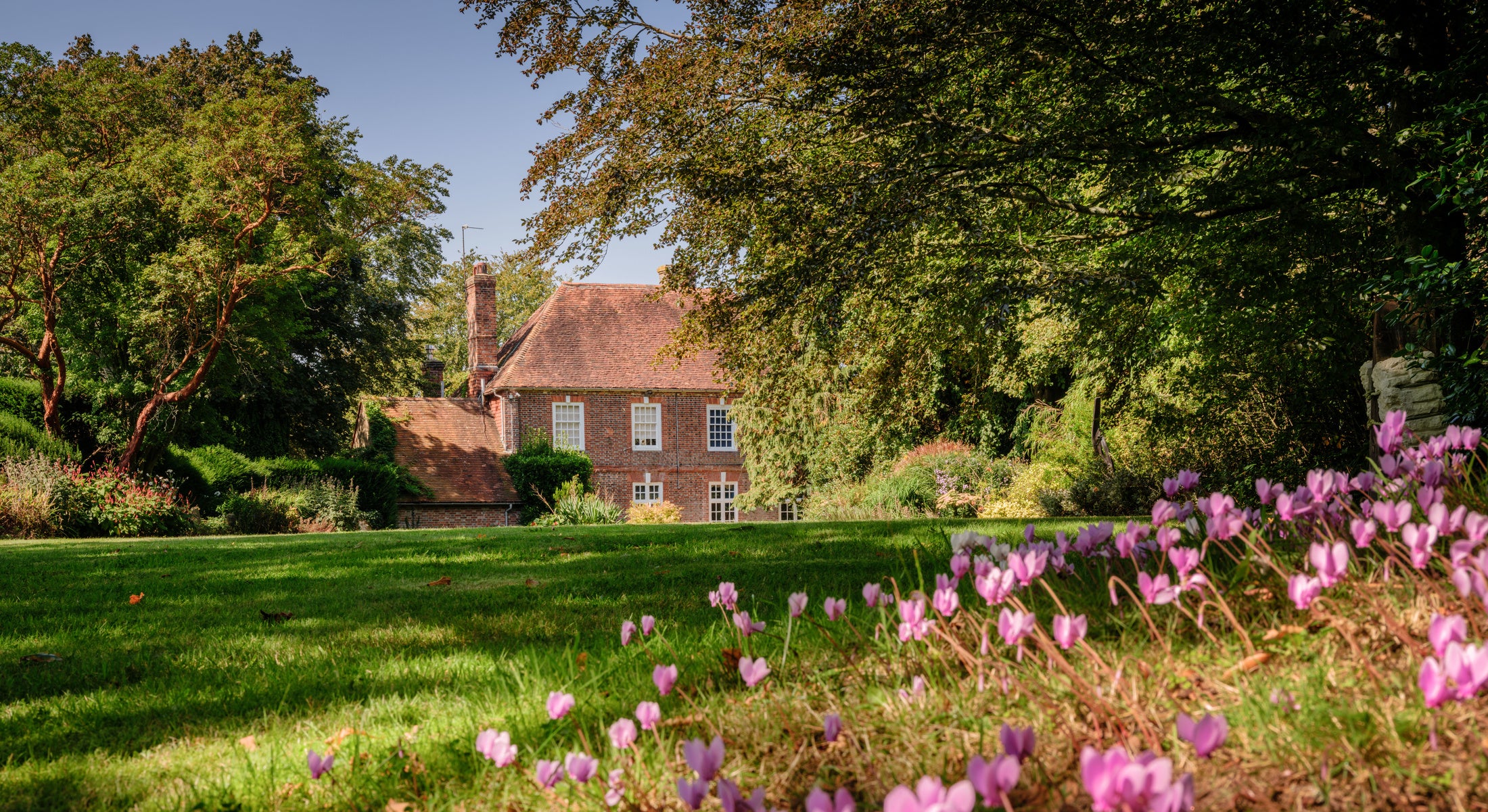
Fittingly, given it was home to restless artistic souls Miller and painter Penrose (who would go on to found the innovative Institute of Contemporary Arts in London), Farleys is a work of art in itself. It’s reminiscent of Charleston, the nearby farmhouse inhabited by the Bloomsbury Group, except you could actually imagine having fun here. The walls are colourful – blue in the hallway, pink in the living room, yellow in the dining room – the gardens full of sculptures, many of Penrose’s paintings hanging on the walls. A spectacular mural of his on the fireplace depicts the “Sun God” – thought to have been inspired by the Long Man of Wilmington, who, on a clear day, can be seen from the windows. Much like Charleston, there’s no preciousness about what art goes where – the house is simply another canvas. I wonder how many art curators have had heart palpitations seeing the Picasso painting attached to the tiling above the family Aga.

Watch Apple TV+ free for 7 days
New subscribers only. £8.99/mo. after free trial. Plan auto-renews until cancelled

Watch Apple TV+ free for 7 days
New subscribers only. £8.99/mo. after free trial. Plan auto-renews until cancelled
Perhaps only Miller’s mix of charm and down-to-business grit meant she could hand weekend house party guests a drink – and then give them a job to do. Surrealist art couple Dorothea Tanning and Max Ernst were put to work rewiring lightbulbs and mowing the lawn. Visit today and you won’t be forced to do any DIY, but you will find detritus from a spectacular life. On the living room shelf, there’s her camera, which could only take 12 shots at a time; her baby Hermes typewriter, where she rattled out despatches from war; and her knuckledusters, worn on a ribbon round her neck for self-defence. Peculiar, to wander next door and find a dainty baby chest with “Elizabeth Miller” painted on the side, full of dolls, tiny shoes and locks of hair.
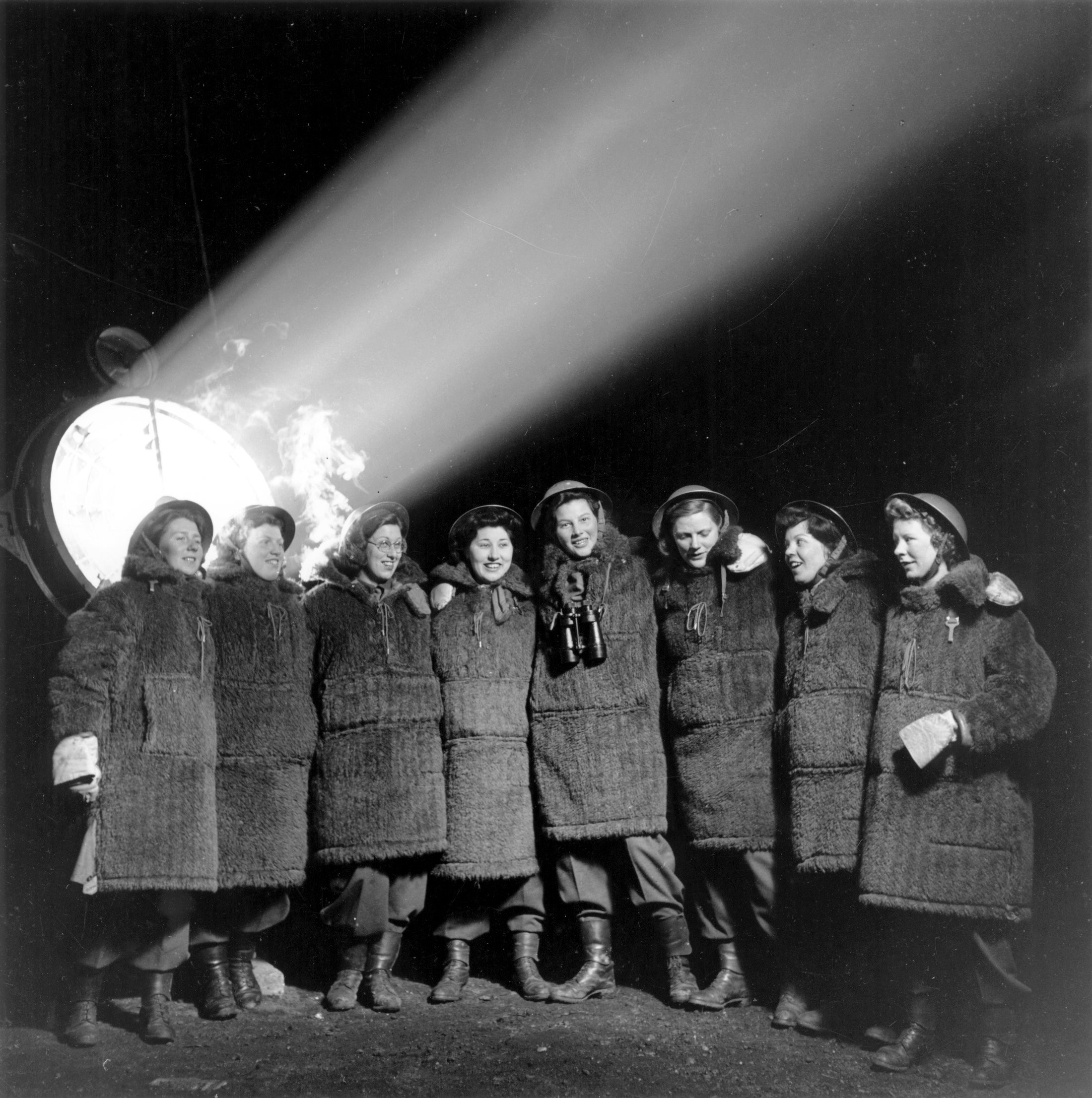
To walk through the house is a heady ride. But nothing like the one Antony Penrose went on when his wife Suzanna went to the attic to search for baby pictures; they wanted to see if Ami might inherit the same nose. Instead, she found over 60,000 negatives, old manuscripts, and a mystery to uncover. Antony knew nothing of his mother’s history, and, as Ami says, “nothing was in order, it was like doing this giant jigsaw puzzle – it took 10 years to even make sense of it all”.
As the outside world began to become aware of the discovery, and the family set up the Lee Miller Archives to preserve her work, Antony was offered an advance to write a biography of his mother. It was a deeply emotional, transformative experience. Miller had died when he was 30, and he “only really knew her” in the last two years of her life. What he would later discover in his research, he says, was “a completely different person”. “I knew her as a useless drunk for whom catching a train in Lewes was a major, major drama,” he admits.
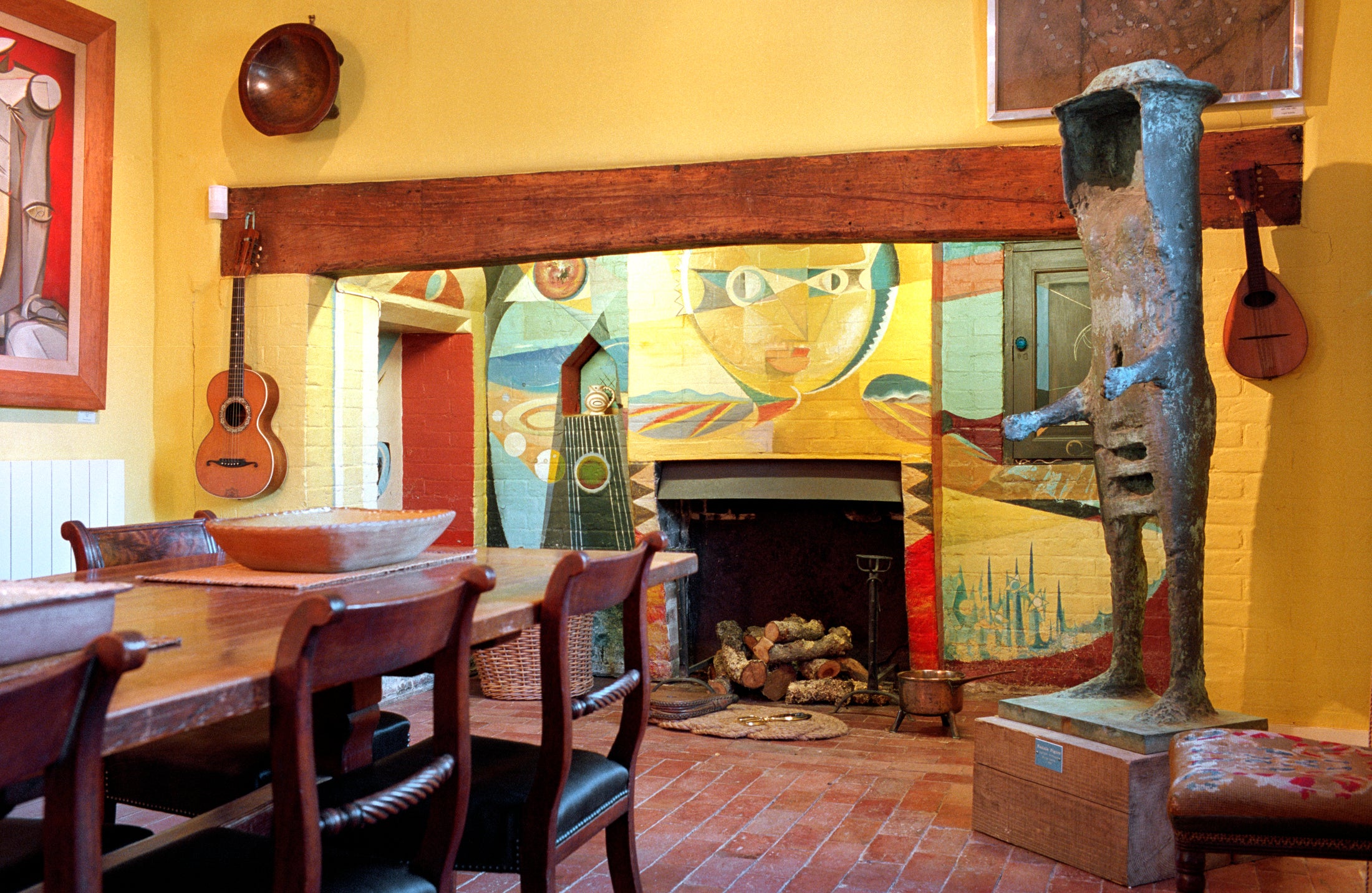
To write the book, he travelled around America and Europe, meeting the people who had known his mother, including David Scherman, the Life photographer who travelled through warzones with her, got into Hitler’s bath after her, and is played in the film by Andy Samberg. Antony found himself gathering a vast amount of detail about his mother but still struggling to make sense of her personality – until he went to California to meet his uncle, Lee’s younger brother, and asked, “What drove her? Why was freedom so important to her, protecting people that were weaker than she was, or more vulnerable? Why did she have so much difficulty in finding love, making meaningful personal relationships?” His uncle sucked his pipe, left the room, spoke to Antony’s aunt, and came back, telling him a story that was “like being kicked in the gut by a mule, but at the same moment, it was a light bulb”.
His mother, Antony was told, had been raped as a seven-year-old child and infected with gonorrhoea. She had been staying with family friends while her own mother was ill, and a young mariner on leave had come into her room at night, passing on the disease at a time before antibiotics were available. “So she had to carry that disease at clinical level all that time,” Antony explains. “And victim blaming was even more prominent then than it is now, so the family absolutely closed ranks. Nobody spoke about it. That tells you how much of a suppressed trauma she was carrying to her grave, and it also tells you why she was so incredibly good at keeping secrets. She would have been ‘that girl’ – never married well or had a good career.”
My father turned to me and said, ‘I wish we had known, if only we understood, we could have looked after her better’
Plenty of the stories Antony brought home surprised his father, but this one “really flattened us both”. When Antony told Roland – “a very British, unemotional sort of person” – he realised his father’s eyes had filled with tears. “He turned to me and said, ‘I wish we had known, if only we understood, we could have looked after her better.’ It was such intense sadness for both of us that we both missed out on knowing what this person was really like,” he says.
But this shocking, disturbing revelation didn’t just illuminate Miller’s personality – it offered an insight into her work, showing her pictures to be ones that only a woman could take. There’s the woman, head shaved, completely shamed, accused of being a Nazi collaborator; the underwear softly drying on the line at a US army nurses’ billet; the Nazi daughter, dead from suicide, lying dignified as though she’s in an old masters’ painting. Miller’s camera, with its lens at her waist, meant she could maintain eye contact with subjects and create a connection. Antony understood this side of his mother’s work when the Imperial War Museum put on its 2015 Lee Miller: A Woman’s War exhibition. “I was very puzzled by the images the curator was selecting – there were very few things going ‘bang’, very little conflict. And she explained: ‘I’m looking for pictures only a woman could have taken.’ When you look back at them, yes, there is that level of trust, that intimacy.”
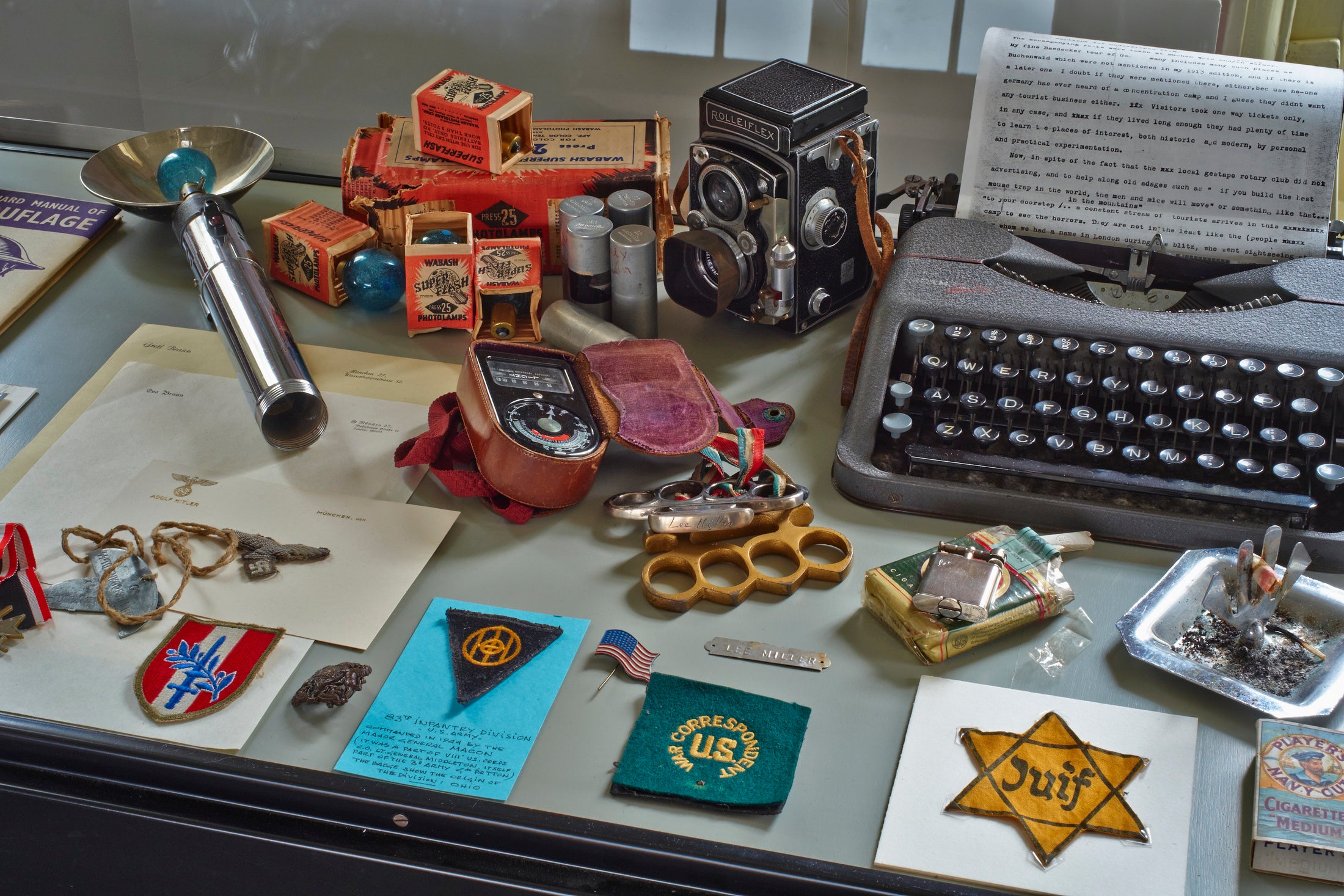
For many years though, the family endured meetings with museums and galleries where they were asked “Lee Miller – who’s he?” Hour-long discussions have been taken up discussing Miller as a muse, defined by all the men who photographed her, before a desperate final five minutes into which they try to cram her real story. “Often we could only get a show by playing the patriarchal game,” Ami says. Now Miller’s name is known in its own right – with Lee only set to help the cause – and her work can be explored in depth, as happened with a V&A exhibition in 2007, and will again with a Tate Britain show next September.
Lee Miller died at Farleys in 1977; her ashes are buried here. Ami admits that, sometimes, working late into the night, she feels her grandmother’s powerful, uncompromising presence. “You think, ‘don’t hit me!’” she jokes. Miller lived so many lives – it makes sense she’d have a vivid afterlife too.
‘Lee’ is released in cinemas on 13 September. Farleys House and Gallery is open for tours on Thursdays, Fridays and Sundays until 31 October 2024; farleyshouseandgallery.co.uk. ‘The Lives of Lee Miller’ by Antony Penrose is published by Thames and Hudson
Join our commenting forum
Join thought-provoking conversations, follow other Independent readers and see their replies
Comments